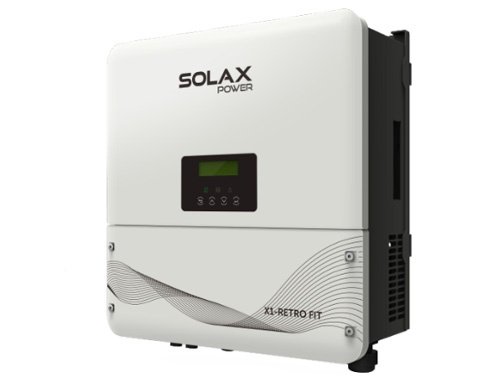This article will describe the main applications of energy storage systems and the benefits of each application.
The continuous growth of renewable energy sources (RES) had drastically changed the paradigm of large, centralized electric energy generators and distributed loads along the entire electrical system.
Nowadays, there are many renewable energy resources located much closer to industrial, commercial, or residential areas. This is called “distributed generation.” It is estimated that in the years to come, distributed generation will become more and more evident.
Energy sources like sun and wind are not predictable and subject to sudden changes, furthermore, their integration with current thermoelectric plants is not easy. Considering the continuous increase of renewable energy sources, large-scale thermoelectric plants may reduce their operating power.
Methods of managing the electrical system will need to be modified in response to changes introduced by renewable energy generation.
An energy storage system can provide relevant support to the electrical system for the integration of renewable energy sources.
Main Applications for Energy Storage Systems- Energy Time Shift
This application is quite common and it is one of the main applications already operated by traditional pumped-storage hydroelectric plants. It consists of “buying” energy when the market price is low (by absorbing energy from the grid, ie: charging the batteries or moving the water on the top reservoir in case of hydroelectric pumping) and selling it when the market price is higher.
The benefits of this application are not strictly related to the economic advantages of selling energy at higher prices. Indeed this “energy moving” contributes to increasing the energy demand when it is lower and decreasing it when higher. This leads to so-called “peak shaving,” reducing the impact of the peaks in both generation curve and load curve, resulting in a “smooth” curve shape. This is then easier to predict and easier to manage.
A similar application would be to compensate for the energy fluctuations of renewable generators, due to intermittence of the primary source, in order to achieve a more regular generation profile easier to predict.
Voltage Support
Voltage control is a crucial point of an electrical energy system, usually achieved by the reactive power regulation on each generator. This service could be performed by an energy storage system. The voltage control performed by the energy storage system can also fall into the application category of “power quality” as it is very useful to increase the quality of the service provided by the distributor system operator
Frequency Regulation (primary, secondary, and tertiary)
Frequency fluctuations can occur when an electrical system’s generation is not matched to the load. These variations are mitigated by a complex control system in which energy storage systems can easily operate, particularly those with a quick response time such as pumped-storage hydroelectric systems or electrochemical systems.
Read more: EE Power




